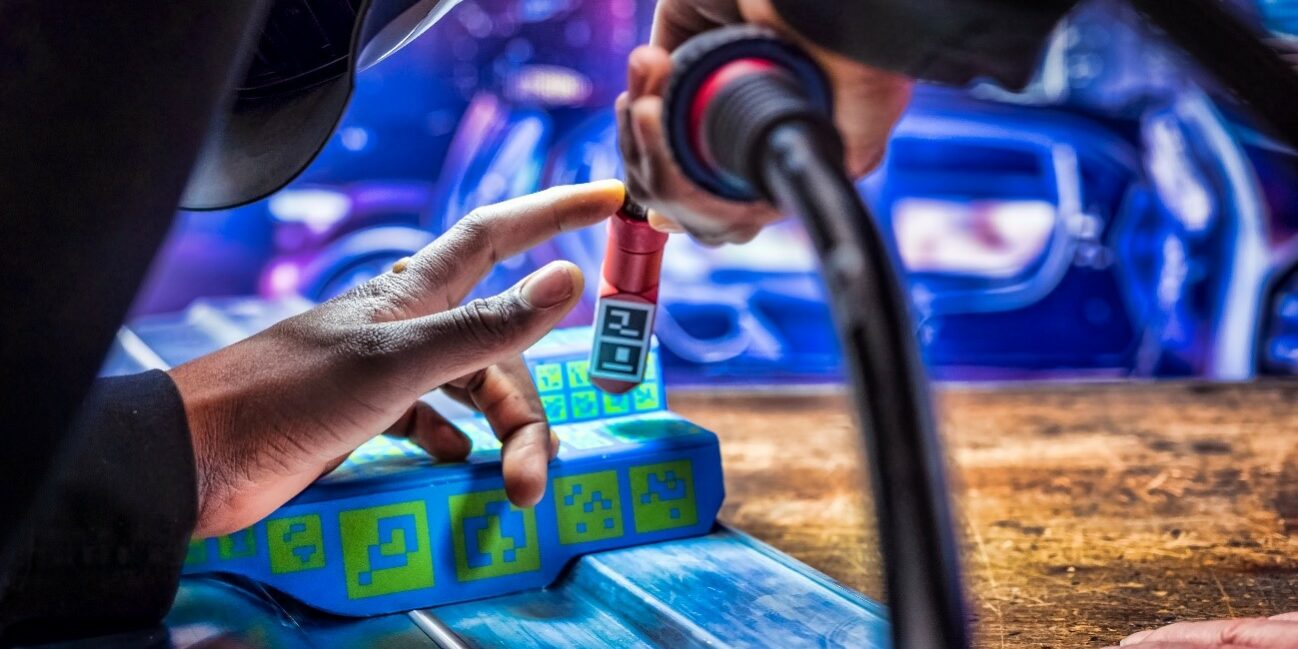Simulators are key in training programs across different industries and fields. The development of new technologies like Augmented Reality or Artificial Intelligence is improving their features and enhancing the learning process of trainees.
From flight to surgery, any activity that requires hand skills and involves any kind of danger can be trained using a simulator. This is why welding simulators are starting to become mainstream in the industry. If you are thinking about getting one, maybe these benefits of incorporating a welding simulator in your welding program will help you:
-Zero risks: Maybe the biggest benefit for newcomers, no experience, no risks. Everyone starts as a beginner, and the lack of experience can create dangerous situations. Thanks to simulation, the risks are reduced to zero.
-Consumables’ cost reduction: Welding requires hours of practice in different positions, using different materials and pieces. Every time a trainee makes a practice, the piece is used and it can’t be used again. Thanks to Augmented Reality, you can train your welding in different materials using the same piece again and again.
-Personalization = Less Time, Better Skills: Each student can practice the same procedures until the result is perfect, this allows them to control the rhythm of their learning process, ensuring they move on to the next step once they are skilled enough.
![]()
-Zero emissions: Forget about gases or any emissions, simulation allows a 100% green welding. The welding simulator can be placed anywhere, since it doesn’t need special ventilation.
-Customization: With AR, you can “Augment” your own custom pieces, preparing your workforce to work with your real pieces. This allows you to prepare your trainees for the real job they will perform once they are skilled enough.
Welding simulators are proving to be a great tool that improves different aspects of training programs and provides several benefits for both companies and training centres.






